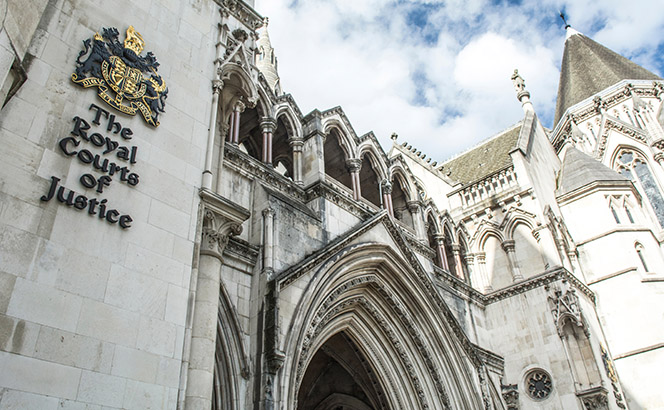
Manoj K Singh and Vijay K Singh discuss the concept of reverse CIRP in India’s insolvency and bankruptcy matters
In December 2016, the Insolvency and Bankruptcy Code 2016 (I&B Code 2016) was introduced with the objective of rescuing a company in distress by maximising the value of its assets and promoting entrepreneurship, availability of credit and balancing the interest of all the stakeholders, including but not limited to shareholders, creditors, debtors, etc.








